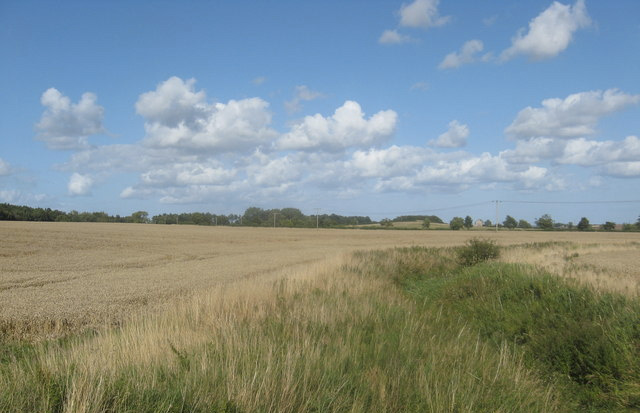
Funding available through Scotland’s future Pillar 1 regime 'must be focussed on activity driven support', according to the NFU.
In its submission to the Scottish Government’s consultation on future CAP direct payments in Scotland from 2015, NFUS states that its overarching aim is to correct as far as possible the injustices of the current historic system while ensuring the new area-based system targets support as efficiently as possible.
The submission recognises that direct support funding will be limited - effectively cut by up to 20 per cent through decisions taken by the EU, the UK Government and the Scottish Government. Therefore, while setting out with the ambition of driving as good a deal for all recipients, protecting Scottish agriculture or sheltering any sector or farm type from a support shortfall will be very difficult.
The Union believes extreme changes, however, can be avoided if the right decisions on Pillar 1 implementation are taken by the Scottish Government. Together with a complementary Pillar 2 (rural development) package, the direct support made available must enable all active farms and crofts- whether a new, developing or established business - to prepare for the challenges ahead.
Commenting on the key points in NFU Scotland’s 38-page submission, President Nigel Miller said:
“There is an urgent need for a new level of ambition from the Scottish Government for our food and farming sectors. That requires the strength to take tough decisions if the legacy of the current CAP reform is to be positive for the Scottish rural economy.
“The Union’s response to the Government's CAP consultation runs to more than 270 clauses but its main thrust is to target support to activity and close down slipper farming.
“Scotland must use whatever means are at its disposal to ensure that precious, limited support is used solely to underpin activity and the retention of those farms and crofts delivering for the economy, the environment and rural communities.
“While those funds are limited, the new Pillar 1 set up in Scotland must be driven by an intention to deliver for all sectors and all regions, and must address the needs of new entrants, crofters and established farm businesses.
“What is unescapable is that this is a tough reform for Scotland but the Union has aimed, in its response, to build as robust a support platform for all sectors and regions as we can.
“Cuts to the direct payment budget mean arable land will see support fall by close to 27 per cent based on the Scottish Government’s preferred regionalisation option. Redistribution of support will also cut deeply into other sectors. A more sophisticated approach is required in the rough grazing region (RGR) perhaps dividing it in two and utilising the enhanced coupled envelope.
“On timescales, the Union is also determined that new entrants and those developing their business gain full area support from 2015 and that the reform also provides a managed transition for established businesses, intensive businesses, farms forced to consolidate through loss of short term lets and those disadvantaged by mapping anomalies.
“There are no simple solutions but what is clear is that to deliver for Scotland’s food and farming sector, direct support delivery to farmers and crofters must work in tandem with the new rural development package.
“For Scotland, with key decisions still to be made in the run up to August this year, the 2015 implementation timetable looks challenging. The Union is looking to the Scottish Government to work with Europe to ensure that interim payments are allowable if there are delays in finalising direct payments as we move into the new area based system. Farm cash flows must be maintained even if there are implementation problems.”
